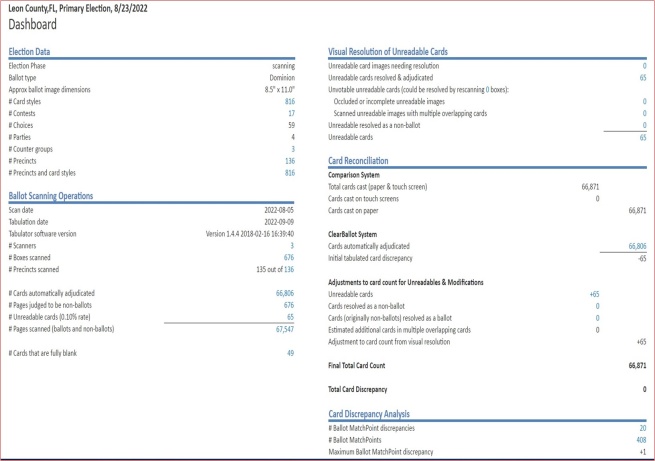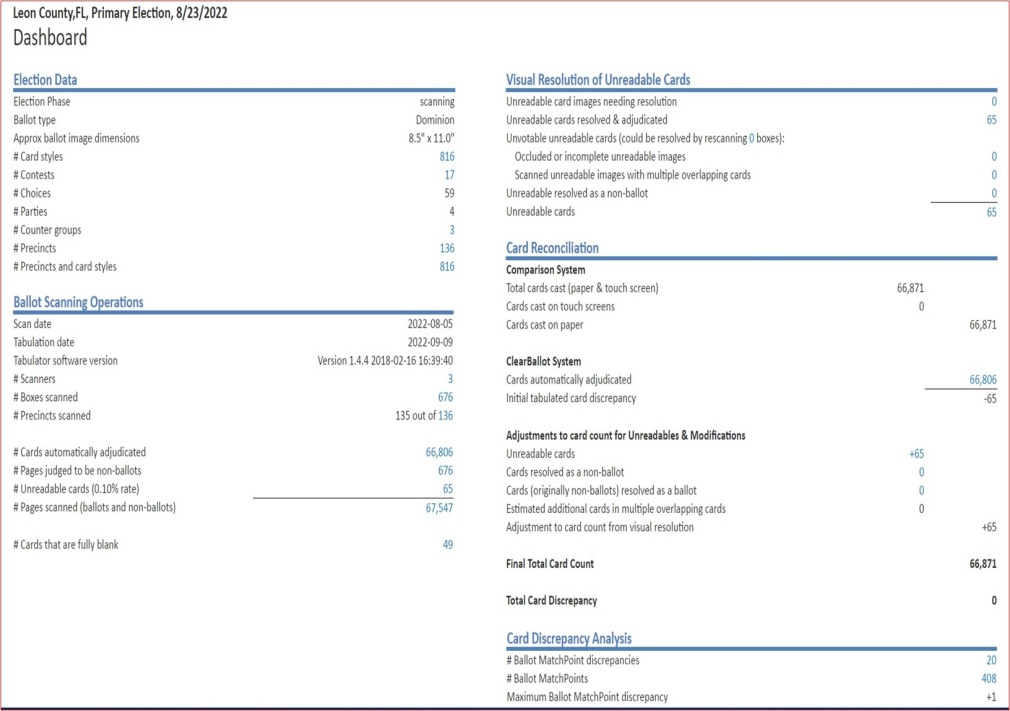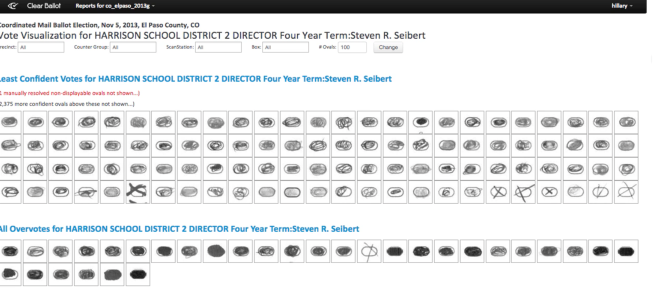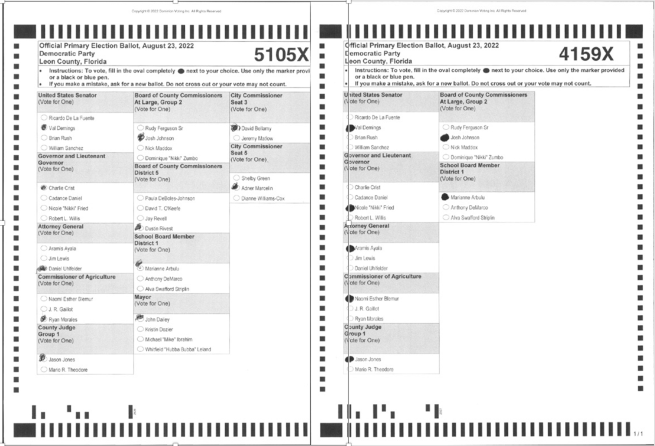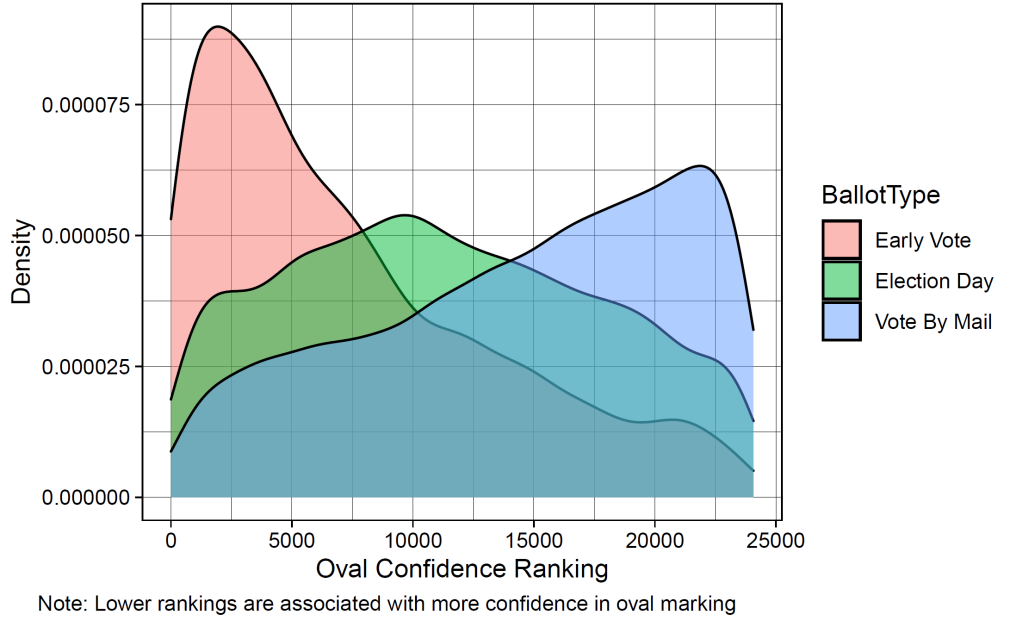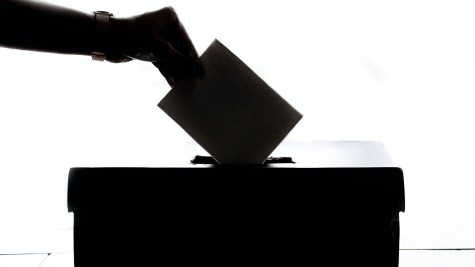100% Independent Retabulation Election Audit, Leon County, Florida
A Project Summary and Update
The MIT Election Data and Science Lab helps highlight new research and interesting ideas in election science, including through research grants under our ongoing Learning from Elections program.
Our post today was written by Lonna Atkeson et al, based on their ongoing research funded by this program. The information and opinions expressed in this column represent their own research, and do not necessarily represent the opinions of the MIT Election Lab or MIT.
One important aspect and central value of election administration is transparency.
Transparency promotes election integrity and helps ensure a fair and accurate election process that maintains voter privacy and minimizes the potential for fraud. Election auditing is a critical component to election security and integrity. The purpose of postelection audits is to ensure that the equipment used to count ballots worked correctly and produced accurate results. When carried out correctly, audits can identify any counting errors in the voting system and are a deterrent against fraud.
Nearly all postelection audits conducted in the US today look at only a sample of the ballots and a single contest or a specific set of contests defined by statute. In general, the process involves comparing tabulated vote totals from a set of voting machines, precincts, or ballots with hand counts of the same unit. A double-count audit compares all the ballots in all the contests. The ballots are first tabulated on the official tabulator used to record votes and then run through a second tabulator by a different manufacturer to confirm the vote totals. Our project seeks to expand transparency by educating voters on the 100% double audits pioneered by Florida Leon County Supervisor of Elections Mark Earley. Leon County has roughly 203,000 active voters (see https://www.leonvotes.gov/ for recent data on voter registration).
Our project seeks to answer the following questions:
- Do voting machines count well?
- What is the value of postelection auditing of voting machines? What is the advantage of a 100% independent retabulation electronic audit? How do retabulation audits compare to other audits in use across states today? Does a retabulation audit build trust in the system?
- How should voters interact with their ballot to ensure an accurate count?
- How is voter intent determined?
Research Design
We compare the vote totals from the Dominion ImageCast Evolution (ICE) Machine and the county’s highspeed vote-by-mail (VBM) tabulator to the vote totals from the Clear Ballot ClearCount vote tabulator. The ClearCount tabulator is a browser-based central count tabulation system. It can tabulate ballots from all major voting systems certified in the state of Florida and offers an independent machine count audit. By independent, we mean that there is no hardware or software in-common between the first machine count done at the precinct, early voting site, or election center and the ClearCount machine count done almost immediately after the first machine count in the election center.
VBM ballots are processed in batches on both machines consecutively in the election center and in-person votes are tallied on the Clear Ballot machine the day after they are recorded in the precincts or early vote centers. In addition, Clear Ballot software offers a unique vote visualization tool that potentially allows auditors to find uncounted or incorrectly counted ballots.
We currently have data from the Leon County 2022 Primary Election. The data include: 1) an image copy of the front and back of all Leon County ballots. 2) the cast vote record, which is a comparison of the vote totals by contest between the Dominion and Clear Ballot machine counts, 3) the rankings from the Clear Ballot system for each oval from highest to lowest confidence, and 4) identification of under and over votes by the Clear Ballot system.
Results
In Leon County, ballots are read into the ClearCount vote tabulator over the course of the election. Once the election officially begins, Florida County Election Supervisors have the ability to process and record VBM ballots. Immediately after these ballots are processed by the Dominion High Speed Tabulators, they are taken to the ClearCount tabulator and processed a second time there. Ballots from early voting counted by the Dominion ICE tabulators on site are transported to the election center at the end of each day of early voting and processed the next morning at the election center. Ballots from Election Day are transported to the election center on election night and are inserted into the ClearCount tabulator for counting the next day.
In Figure 1, below, we show the dashboard from the Clear Ballot software that provides an overview of the election. For example, it shows the name and date of the election in the upper left-hand corner and provides a series of pieces of auditable information about the election, including the number of card styles (unique ballot combinations), the total number of contests, and the total number of parties.
ClearCount produces a confidence ranking for each oval on the ballot and in Figure 2 (shown below), we show a screen shot of the rankings. Here we are looking at the 100 least confident ovals. The last oval is the least confident, the first oval is the 100th least confident oval. Within the software you can click on the ovals to pull up the ballot associated with that oval. In our case, we obtained the ranking and the ballot information and built a data set that describes the information produced by Clear Ballot. Additionally, we can look at contests that are defined as undervotes or overvotes to identify if these were correctly identified or if there were other markings on the ballot suggesting voter intent.
Table 2 shows the Cast Vote Record for the Democratic Gubernatorial primary contest. This is produced by the Clear Ballot software and summarizes the information between the two voting systems for ballots cast by machine. These data can be used to identify likely ballots for further investigation and possibly adjudication, especially if the outcome is close. In that case, election administrators would focus their attention on both the under and over voted ballots to determine if there are any marks on the ballot that might allow them to determine voter intent.
Table 2: Example of Cast Vote Record for Democratic Gubernatorial Contest
|
Contest Order |
Contest |
Contest ID |
Comparison System |
This System |
Difference |
Comparison System |
This System |
Difference |
Overvoted with Vote for this Choice |
Undervoted without Vote for this Choice |
Ballots with Votes for Others |
|
|---|---|---|---|---|---|---|---|---|---|---|---|---|
|
1002 |
Governor, (DEM) (Vote for 1) |
6 |
Charlie Crist |
41,226 |
0 |
24,083 |
24,084 |
1 |
19 |
472 |
16,651 |
|
|
1002 |
Governor, (DEM) (Vote for 1) |
6 |
Nicole "Nikki" Fried |
41,226 |
0 |
15,106 |
15,106 |
0 |
8 |
472 |
25,640 |
|
|
1002 |
Governor, (DEM) (Vote for 1) |
6 |
Robert L. Willis |
41,226 |
0 |
854 |
854 |
0 |
3 |
472 |
39,897 |
|
|
1002 |
Governor, (DEM) (Vote for 1) |
6 |
Cadance Daniel |
41,226 |
0 |
690 |
690 |
0 |
12 |
472 |
40,052 |
In Figure 3, we show two ballots focusing on the 3-person school board race with candidates Marianne Arbula, Anthony DeMarco and Alva Swaffort Stephen. The ballot on the left represents the least confident ovals in this contest and the ballot to the right represents the most confident ovals. The ballot to the right has well and neatly colored ovals, while the ovals on the left are poorly filled in with the school board race showing most of the coloring on the outside of the oval. In this case, the ballot on the left was not counted by the Dominion machine, but Clear Ballot tabulator, which looks at the larger “contest zone”, returned a vote for Arbula.
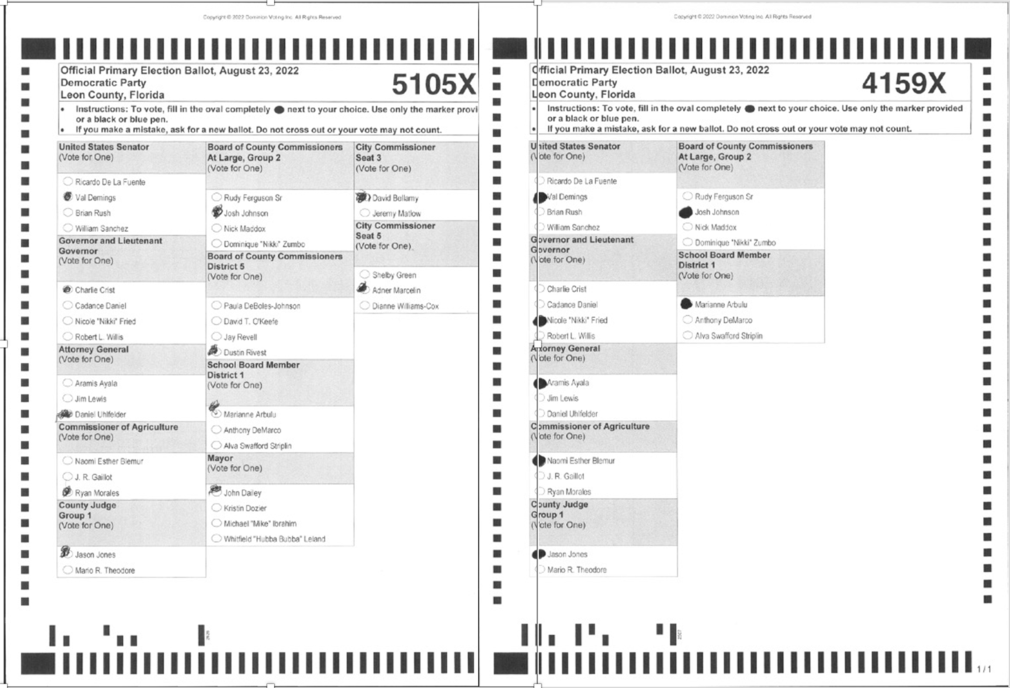
On the left: Least confident ovals.
On the right: Most confident ovals.
Finally, in Figure 4 we look at the confidence rankings by voting mode—election day, early in-person, or VBM. We expect that VBM should produce the lowest confidence scores because these ballots do not have the benefit of going through the vote tabulators to obtain feedback on the ballot quality in the presence of the voter. For example, if a voter overvotes a contest, the voting machine provides an error message to the voter so they can spoil their ballot and fix the problem. Figure 4 confirms our expectation. The density plot shows that VBM ballots have lower confidence scores relative to in-person balloting.
Future Considerations
We are working on building a website that demonstrates the value of a 100% double audit. We plan to include images of the ballots. All ballots will be available for voter review. In addition, we will group under and over voted ballots and ballots where we were able to identify the discrepancy between counting machines for easy review. We will also include examples of ballots that show both high and low confidence to assist voters in understanding how best to complete their paper ballot to ensure accurate counting of their vote choices.
